Plain Sawn: The most common cut in the US in Plain Sawn. The log is squared and sawed lengthwise in a series of parallel cuts. The annual growth rings are mixed throughout the face of the board, joining at the ends to form a “Cathedral Arch.” These boards are ideal for large visual areas like whole floors.
Live Sawn: This is the simplest way to cut a log and is very popular in European and Asian mills. Live Sawn boards contain a variety of characteristics in the grain. The top/bottom 25% contain the same select boards as you see in the plain sawn diagram. The middle 50% is where you get the best mix. The center of the board will contain the cathedral arches while the outside of the board will have a straighter grain, rift, and quartered mix.
Quarter Sawn: Quarter sawn boards are created by first cutting a log into quarters and then making a series of parallel cuts, perpendicular to the tree’s rings, cutting on the radius. This also makes quarter sawn boards less likely to bow, warp, or twist than plain sawn. These boards have end grain with growth rings of 60 – 90 degrees to the surface where the medullary rays of the lumber are split during the cutting process causing a unique “fleck” pattern to emerge. This pattern is most pronounced in White Oak flooring creating a very unique look.
Rift Sawn: The final cut is rift sawn. In this cutting method, the log is still quartered and then cut. As the cuts get closer to the outside of the log, the angel of the grain changes to 30-60 degrees, reducing the number of ray flecks appearing in the wood. This makes it easy to match boards for a uniform appearance.
